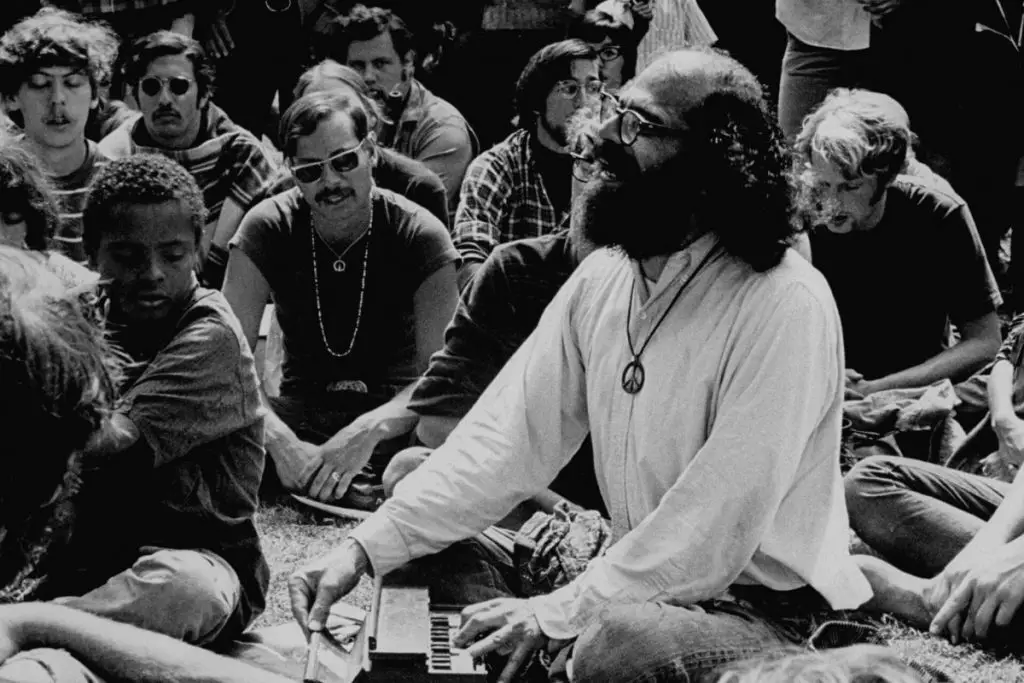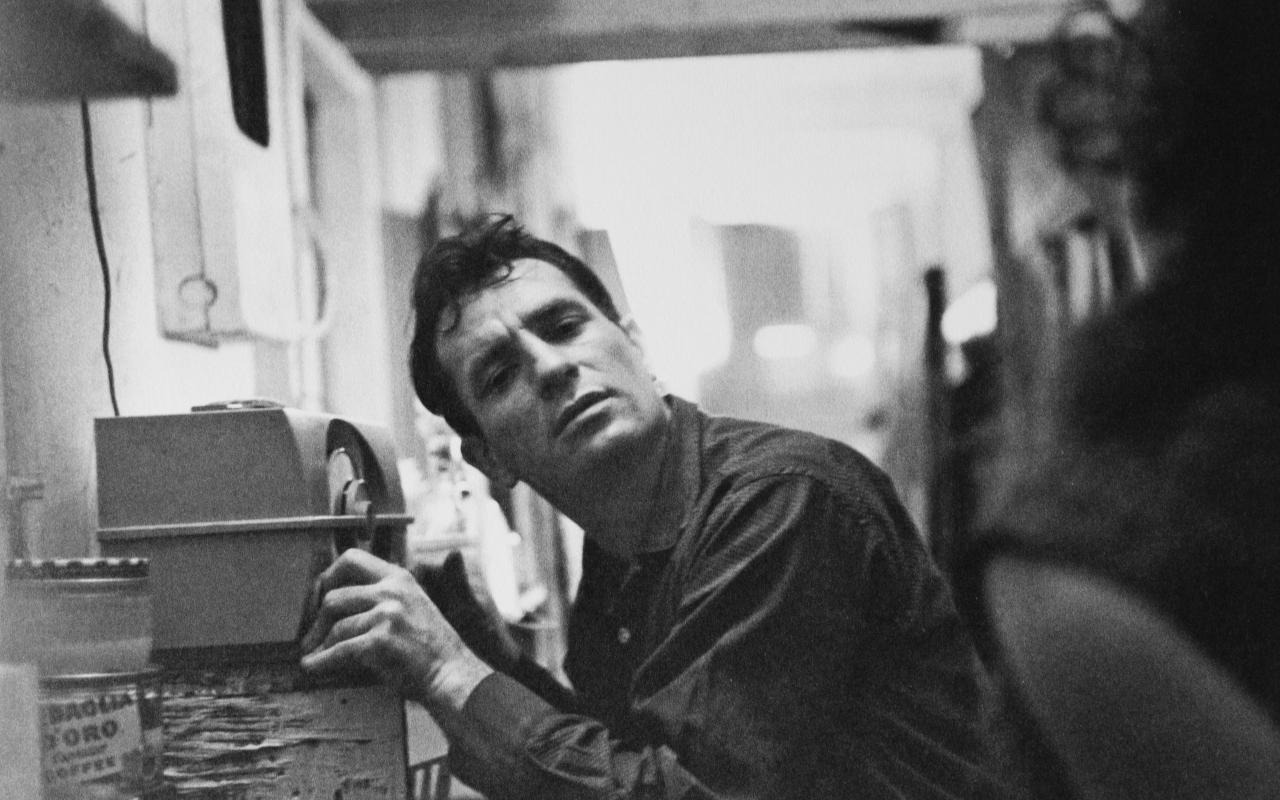The journey for the Beat Generation from an underground literary movement into the mainstream reflects the power of a few individuals with similar ideals to trigger lasting change. The genesis of the group began as an alliance of a group of American writers and poets, in Columbia University in New York City, back in the 1940s. The basis of the movement was dissatisfaction with the social conventions of the time. And now, as the movement nears its diamond jubilee, let’s look back at some of the landmarks that led to the present-day adoption of the Beat ideals into contemporary culture.
The 1950s led to the coining of the term “Beat Generation” by American writer Jack Kerouac. Emerging from the conversation about the nature of generations, i.e. the “golden generation” etc., Kerouac referred to his generation as the beat generation, a way to signal the circumstances that the generation, or more specifically the writers, found themselves in. They loathed that they were expected to express themselves within the confines of society, citing the loss of freedom in literary discourse and expression.
Taking a swat at society, the writers derided the post-World War II era, which favored the amassing of wealth for the sake of indulgence. They denounced the contemporary mode and practices that espoused consumerism, materialism and purism, citing neglect for creativity, uniqueness and independence. They began to express a disregard for existing practices in favor of ones that catered to the new and well-founded need for individual expression. The practice of purism by older generations was especially condemned, as authors sought freedom to discuss and publish issues related to sexuality. These laid the foundation for the ideology of the Beat movement.
Original proponents of the movement were Jack Kerouac, Allen Ginsberg, William S. Burroughs, John Clellon Holmes and Neal Cassidy, though Kerouac would later withdraw, in disdain, citing his unanticipated rise to fame and celebrity status and the consequent criticism as reason for the withdrawal.

The original theme of the “beat” name was to confer the experience the authors were going through. It denoted being “tired,” “frustrated,” “beat down,” “stepped on,” “disillusioned” and, in some cases, “trodden upon.” However, Kerouac later proposed the term to refer to “beatific,” which was at par with the word beatitude. This, he stated, was because he and his cohorts had risen above intellectual shackles and gained freedom through the individual and unrestrained expression of thoughts, deeds and ideals. In this context, they asserted that they had been purified.
During the later part of the year 1952, John Clellon Holmes published an article in the New York Times, titled “This is the Beat Generation.” Gaining literary criticism and applause for the bold gesture, Kerouac followed up by writing a section of “On the Road.” Receiving acknowledgment in a literary salon where it was read, he was approached by a publisher among the attendees for a request to publish. The article, titled “Jazz of the Beat Generation,” was subsequently published in New World Writing, a literary collection of poems.
The Beat group received lot of criticism from different echelons of society. In most cases, detractors cited the “un-academic” and uncultured stance of the Beat authors. Others denounced the outspokenness of Beat literature and clamored for censorship of its content. Other critics held that the literature ran counter to the contemporary values of American society and instead espoused communism, then an anathema concept. Still others cited the Beat authors as self-absorbed individuals from affluent backgrounds who sought the gains of popularity by catering to the inhibited desires of a minority of the population.
By the late 1950s, the Beat Movement had gained notoriety and prominence, with adopters of the ideology referring to themselves as “Beatniks.” Individuals shunned wealth and materialism, seeking self-expression through drug use, booze, jazz, sex and alternative living to express their free-spirited lifestyles. Members discarded aesthetic clothing, declaring themselves “free spirits” and non-conformists, and resorted to wearing clothes that expressed their sexuality.
These simple-living advocates sought work for the purpose of minimal existence, taking on menial employment, i.e. online essay writing service etc., and engaging in lifestyles led by individual beliefs and desires, seeking enlightenment through the process. Kerouac encouraged participants to expand their boundaries, discard materialism, practice existentialism and embark on adventurous pursuits in search of meaning and identity.
The Beatniks were not without their faults. One of the habits of the group was their indulgence in controlled substances, drug addiction and alcoholism. The group, in most cases, apart from creating and disseminating provocative jazz music, displayed a fascination with crime and the workings of the underworld, especially that of drug dealing.
There were several other instances in which they let their uninhibited lifestyle get ahead of them. In one such instance Burroughs, in an attempt to prove his shooting prowess to others at a party, drunkenly placed a glass on his wife’s head and attempted to shoot the glass off, accidentally killing her.
Allen Ginsberg, another of the initial founders, while engaging in the transportation of stolen merchandise, was accosted by law enforcement officials. Advised to accept the plea of insanity, he was put in a mental institution. Other instances include Kerouac and Burroughs being cited as accessories in a murder case, though prosecution did not take place.
As the ’80s and ’90s rolled by, in spite of unrelenting criticism, the Beat Movement marched on, gradually intermingling with all spheres of the American society. This period witnessed Beat literature being suffused in literature in the classroom, adopted in classroom teachings, displayed in the libraries, schools and other educational institutions to the shock, fear and displeasure of traditionalists and the authorities.
These continued onward into the 2000s. In 2001, in acknowledgement of the value of its content, the original manuscript of “On the Road” went for sale at an auction and was bought for $2.1 million.
The Beat Generation is deemed to have accelerated the loosening of cultural restrictions, thus removing the societal boundaries on what was currently deemed as accepted behavior. The ruling on the content of Ginsberg’s non-conforming poem, “Howl,” led to a widening of boundaries that are currently accepted in modern literature, with respect to censorship.
Historians and observers of the activities of the Beat circle state that participants took liberty in unshackling their restraints, thus engaging in whatever form of drug use accessible, sexual freedom and abuse of privileges. The arguments in favor of these activities denote that the Beat movement brought about the stability of liberty expressed in modern day culture, literature and politics.








